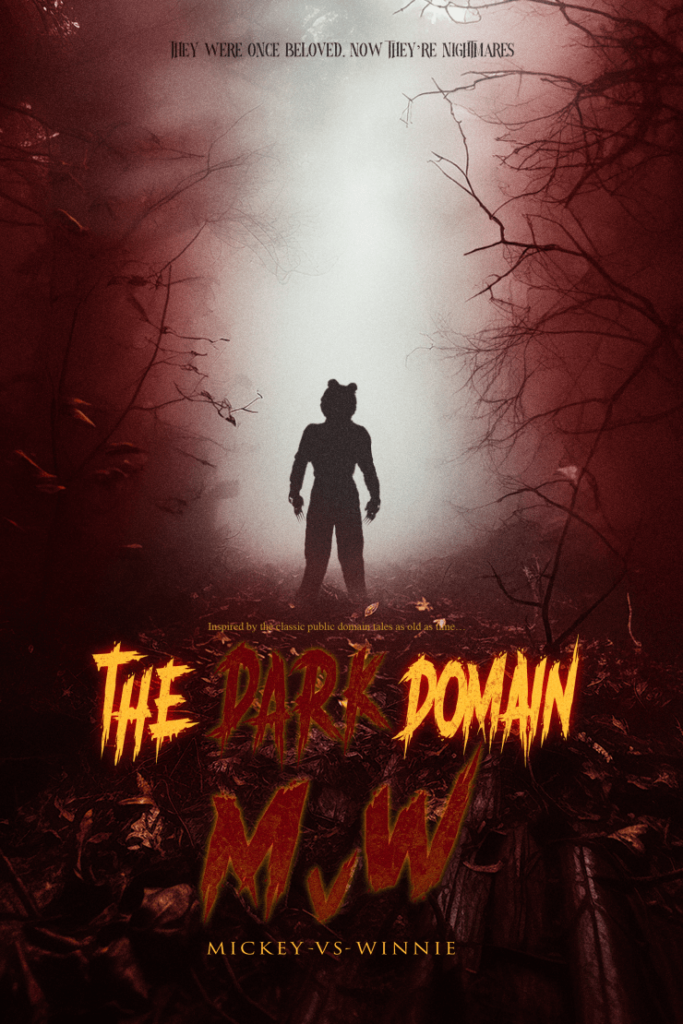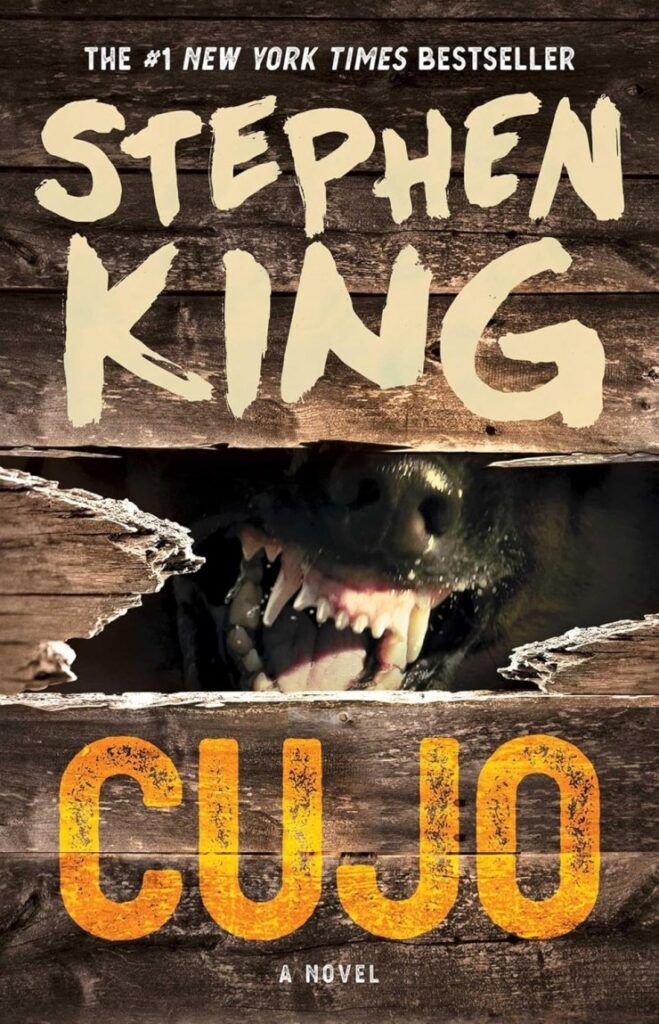Most of us know what a Ouija board is because of horror movies. Though used for centuries to contact the dead, this ornately lettered and numbered spread was widely regarded as a cheeky parlor game until an appearance in William Castle’s 13 Ghosts. The talking board next popped up on TV shows like Lost in Space and The Waltons before entering the pop culture lexicon in 1973. William Peter Blatty’s The Exorcist sees young Regan MacNeil (Linda Blair) use a Ouija board to contact the infamous Captain Howdy and the rest, as they say, is history.
Now spirit boards frequently appear in supernatural horror films to relay messages from beyond the veil or imply an unseen spectral presence. But no film centers this divining tool like Kevin Tenney’s 1986 film Witchboard. This supernatural slasher stars Tawny Kitaen as a young would-be mother named Linda who contacts the spirit of a dead little boy but winds up possessed by a ghostly killer.
The story begins with a raucous house party thrown in Linda’s subdivided mansion apartment. Her boyfriend Jim (Todd Allen) bristles at the presence of Brandon (Stephen Nichols), his childhood best friend and Linda’s ex-lover. Hoping to mend their fractured relationship, Linda attempts to break the tension by suggesting they play with Brandon’s Ouija board. She forms an instant liking for David, the phantom of a little boy who tragically died in a boating accident. Later, she attempts to contact David alone, but attracts the attention of another ghost. As Linda’s connection to the board grows stronger, she becomes a portal for Malfeitor (J.P. Luebsen), the spirit of an infamous ax murderer intent on possessing her human form. Determined to save the woman he loves, Jim must let go of his skepticism and join his former friend on a supernatural mission.

An amateur spiritualist, Brandon educates the party on Ouija board use. He insists the people who channel the shadows have clean systems—no drugs, alcohol, or cigarettes allowed—to avoid corrupting the spiritual message. He and Linda place the board on their knees and their fingers on the ornate planchette then begin asking a series of innocuous questions. But Brandon dismisses the first apparition to make contact, sussing out a duplicitous answer. He and David have a secret symbol, a figure eight, to protect Brandon against ghostly imposters. Unfortunately, this savvy shorthand proves to be a costly mistake. Occult practitioners warn Ouija board users to end their sessions immediately if a ghost begins signaling a figure eight. Not only could this imply the presence of an eternal entity rather than a once-human revenant, this swirling sign could also indicate a spirit trying to escape though the board.
Jim and Brandon will eventually verify David’s existence, but by using this dangerous symbol in Linda’s home—the long-ago scene of Malfeitor’s violent death—they’ve unintentionally invited this malevolent ghost to create a predatory link between worlds. Brandon is also mistaken about the board’s etymology. It’s a common misconception that Ouija combines oui and ja, the French and German words for “hello,” however, the moniker actually stems from a spirit board session with medium Helen Peters Nosworthy in which she asked the board to name itself. Despite these inaccuracies, Brandon’s relationship to his talking board is both revelatory and refreshing. Rather than dismissing divination as a sinister hobby or dangerous act, he views the board as a powerful tool. Like a telephone or typewriter it is simply a method of communication. Any negative, positive, or dangerous messages belong to the phantoms, not the board itself.

Though Brandon’s hobbies harken back to the 19th century spiritualist movement, Tenney’s film is firmly rooted in 80s pop culture. When Witchboard premiered in 1986, its marquee star, Tawny Kitaen, already had a famous face. In addition to prominent modeling work, the striking redhead was gaining a reputation as a video vixen, having starred in popular music videos for Ratt and Whitesnake. She’d previously appeared as Tom Hanks’s bride to be in the 1984 film Bachelor Party and helmed the obscure erotic adventure film The Perils of Gwendoline in the Land of the Yik-Yak. This was to be her breakthrough role and would hopefully launch a successful acting career. Though Kitaen is charming as the naive Linda, a bright future in Hollywood was not meant to be. Plagued by addiction and tumultuous relationships, Kitaen would star in a handful of films before retreating from the public eye. She would return to screens in the mid-aughts for salacious appearances on The Surreal Life and Celebrity Rehab with Dr. Drew. Kitaen would tragically die of drug-related complications while awaiting prosecution for a DUI. She remains a dire example of 80s excess gone wrong and a cautionary tale for young Hollywood hopefuls
But Witchboard freezes Kitaen at the peak of her vibrant power. A sweet and gorgeous college student, Linda earnestly tries to help Jim reconnect with his friend and brings out the best in both angry men while adding humanity to the treacherous role of a damsel in distress. Though some special effects have not aged well, particularly a sequence in which Linda is tossed around by invisible hands, Kitaen shines throughout the sometimes silly plot and adds sparkle to an otherwise nonsensical conclusion. After a road-trip with Brandon goes disastrously wrong, Jim returns to their shared apartment to find Linda fully possessed by Malfeitor. Though slightly ridiculous to see the statuesque beauty decked out in turn of the century menswear, Kitaen admittedly nails the look. Her lush, red hair whips around the demolished living room as she attempts to kill Jim with a fireman’s ax before strangling him with her bare hands.

In addition to this showstopping attack, Kitaen lends rock credibility to the film itself. Tenney seems to take inspiration from her music video past and incorporates scenes that could be pulled from the set of a rock video. Kitaen serenely strolls down moonlit halls and smoky corridors wearing a billowing robe of orange silk. These dream sequences barely further the plot, but add ’80s finesse to a standard horror story. Blending classic imagery and modern style, they create an aura of vulnerability as this beautiful young woman is irrevocably drawn towards a dark and dangerous entity. You can practically hear the electric guitar soar as she dreamily glides through the smoky darkness.
Witchboard also features a signature song, the upbeat Bump in the Night by Steel Breeze, which accompanies the film’s most stylish kill. Distressed by Linda’s growing connection to the board, Brandon enlists the help of a professional medium. Far from the dowdy lace collars and flowing skirts of traditional spiritualists, Zarabeth (Kathleen Wilhoite) looks like a punk rock groupie. She styles her ripped jeans and black lace top with heavy neon makeup and a rainbow-dyed pixie cut waxed into unruly spikes. Though her humor wears thin, Zarabeth’s harsh look perfectly compliments Linda’s gentle voluptuousness. And she has the skills to back up her look. After sussing out the name Malfeitor, Zarabeth returns home to listen to music and fully research the ominous name. As Bump in the Night blares throughout the similarly harsh apartment decor, Zarabeth is confronted by an unseen entity that slashes her throat before tossing her unceremoniously out a second-floor window.

Despite these dazzling female performances, Witchboard belongs to its two male leads. Brandon is a confident ’80s villain with a fancy car, tailored suits, and a crop of perfectly wavy blond hair. But after a few condescending jabs at Jim’s expense, he reveals a softer, more serious side. Still in love with Linda, he vows to save her from this dangerous ghost even though it may drive her further into the arms of another man. He’s desperate to cut through Jim’s angry skepticism and convince him that something is terribly wrong—Linda is slowly becoming a portal that will enable Malfeitor to enter their world. It’s not until Linda is hospitalized that Jim allows himself to believe. The two quarreling rivals set off on a trip to Big Bear to identify the specter causing them harm.
Though only one man will return, this trip helps them finally rekindle their friendship. In a late night hotel room heart to heart, Brandon admits his lingering feelings for Linda while Jim expresses his fear of commitment. Having finally put the past behind them, they vow to protect the women they both love. Unfortunately, this long-awaited reconciliation is not meant to last. On the dock where David supposedly died, Malfeitor mounts a physical attack, sending a pile of heavy barrels down onto their heads. Brandon climbs meekly out of the water and attends to Jim, unconscious on the dock, when the ghostly murderer attacks once again, burying an ax in the frightened man’s head. Jim awakens some time later to find his best friend’s body floating, face-down nearby. Distraught, he clings to Brandon’s corpse while wailing in the shallow water and no doubt lamenting all the time they wasted in anger.
This touching moment feels like the film’s actual climax as the story’s most engaging relationship is permanently destroyed. Though ostensibly our heroes, Linda and Jim are a frustrating couple, and lack any real physical chemistry. But sparks fly when Brandon and Jim share the screen and their friendship becomes the story’s true heart. Though never romantic, we long for these two former confidants to release their grudges and work together to save Linda’s life. But we get just a few precious moments of this reconciliation before Brandon is unceremoniously tossed aside. Tenney rushes through a preposterous conclusion, seeming to realize that the movie’s fire has all-but gone out. We’re left to hope that the newly-married Jim and Linda will find a way to contact their dearly departed friend via sessions with a new Ouija board.

The Witchboard remake was released in theaters this month. Read our review.
The post The Original ‘Witchboard’ Is a Supernatural Slasher With Campy Vibes and a Glam Rock Edge appeared first on Bloody Disgusting!.


